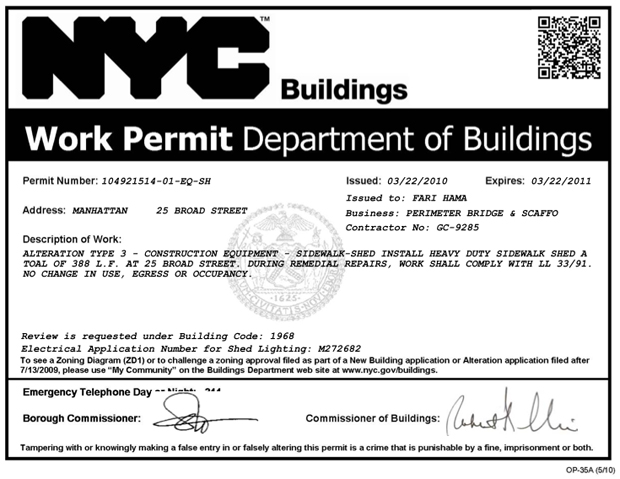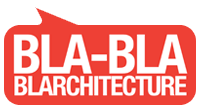128art_TALKING BUILDINGS: FAÇADE TAGGING IN THE INFORMATIONAL AGE.
Local Authority Partnering Guidelines are being drafted by WHAT_architecture in response to receiving a LBTH Defacement Notice from the Council in late 2011. This notice was served because a “Sign/Graffiti’ (informal or illegal marks, drawings or paintings) have been deliberately made known” and that this is “a blight on the local environment which the Council considers to be detrimental to the amenity of the area or offensive.”
So what does the Council consider detrimental or offensive? The Council’s own website clarifies the latter as being either racist or obscene. Fair cop there. Regarding detriment, then this is a concept relative to context. It’s difficult to say that non-offensive graffiti is detrimental to a pissoir alleyway locally referred to as ‘piddle street’. The council is however concerned about the ‘knock-on’ effect of graffiti: street art which could inspire tagging. And tagging is not only bad but it’s banal. However associating one event on another is akin to suggests that watching Terminator might lead one on a copy-cat gun-rampage. The ‘broken windows theory’ described by social scientists James Q. Wilson and George L. Kelling asks us to “consider a building with a few broken windows. If the windows are not repaired, the tendency is for vandals to break a few more windows. Eventually, they may even break into the building, and if it’s unoccupied, perhaps become squatters or light fires inside. Or consider a sidewalk. Some litter accumulates. Soon, more litter accumulates. Eventually, people even start leaving bags of trash from take-out restaurants there or breaking into cars.”
Talking buildings. Or rather buildings that talk to you: graffiti. The etymology of the word graffiti derives from the Italian graffito (meaning “scratched”) where designs were scratched or inscribed into a surface. The earliest forms of graffiti date back to 30,000 BCE in the form of prehistoric cave paintings and pictographs using tools such as Animal bones and pigments. These illustrations were often placed in ceremonial and sacred locations inside of the caves. The images drawn on the walls showed scenes of animal wildlife and hunting expeditions in most circumstances.
Talking buildings. Or rather buildings that talk to you: QR codes. QR Codes are being used to facilitate planning protests by embedding meta-data and text into physical spaces. In 2011, New York City Mayor Mike Bloomberg unveiled a system of QR tags meant to give citizens quicker access to information about new construction projects. The QR codes are posted on every construction permit city-wide; by downloading a QR reader app on any smartphone, city-goers can scan these codes to see a web view of what’s being built, who is doing the building, and what (if any) complaints have been filed against the applicant. C’mon London: printing QR codes on Public Notices costs the Local Authority nothing… but engages wider public opinion!
SAY WHAT_!?






